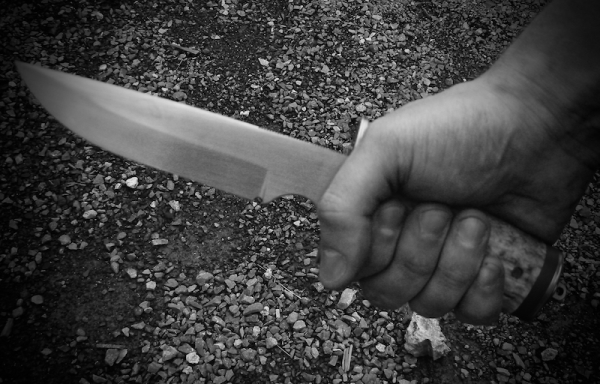Last week’s Wire talked about the ability to make the proper defensive shot. “Can You Make The Shot?” Knowing in advance that you can -- or can’t -- make the required hit is important. Practice and repetition, working “defensive” scenarios from a variety of distances with different sized targets creates the skill and confidence to make an accurate shot. Equally important, but more difficult to develop, is the willingness to take the shot.

Firearms, especially pistols, were designed for fighting. Hunting, sports shooting and competition came later. Shooting a firearm accurately is a skill, one that can be developed through repetition, just like typing or juggling. The vast majority of the fundamentals go completely against our natural programming; there are no “natural born” shooters. Sure, some acquire the fundamentals quicker than others but, ultimately, it’s a matter of time, focus and dedication.
We use pistols to defend against a violent attack, human or otherwise, and train and practice accordingly. However, we all know that shooting cardboard, or even a “life-like” representation of a human is a far cry from actually using violence – in this case lethal force – against another person. This is true for the military, too, which has invested enormous energy to get soldiers acclimated to firing on the enemy – as opposed to aiming high over their heads as is common.
I’ve met more than a few gun owners who admit they’re not sure if they would shoot someone in defense. As an owner of a “defensive” pistol, you must acknowledge that at some point you may be forced to use it against another person. You shoot to stop the threat – the goal isn’t “killing” - but this act may very well end their life.
Not only must you be ready to use lethal force, you’re required to react and make that decision to fire in a timely fashion. Most defensive situations only last a few seconds. There’s no time for an internal debate over the morals of using lethal force. “If I don’t shoot now,” you ask yourself, “is the threat going to seriously injure or kill me – or someone I am responsible for?” Chances are, you must make this decision in less time than it takes to ask that question out loud.
There are plenty of written works on the use of lethal force, the required mindset and the decision-making process. I would start with Jeff Cooper’s writings. After studying these, it’s time to start asking yourself the hard questions. Then, you practice accordingly, working through shoot/no-shoot scenarios that require you to make quick decisions. Force-on-force training is the best method, and gets you used to interacting with others under stress. It helps prepare one to firing on other people.
Along the way maybe you start thinking that all this “gun-stuff” isn’t really your cup of tea. Before making a final decision, ask yourself, “What are the alternatives?” Especially if you’re responsible for other family members.
Using violence against another is the final option. If there’s an opportunity everything else, including avoidance and escape and/or issuing verbal commands, should be used before deciding it’s time to shoot. These actions may solve the problem; you’re not the easy victim they anticipated. If not, you must be willing to use lethal force. Study this well.
Tiger McKee is director of Shootrite Firearms Academy. He is the author of The Book of Two Guns, AR-15 Skills and Drills, has a regular column in American Handgunner and makes some cool knives and custom revolvers. www.shootrite.org or visit Shootrite’s Facebook page for other details.